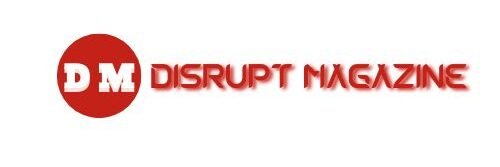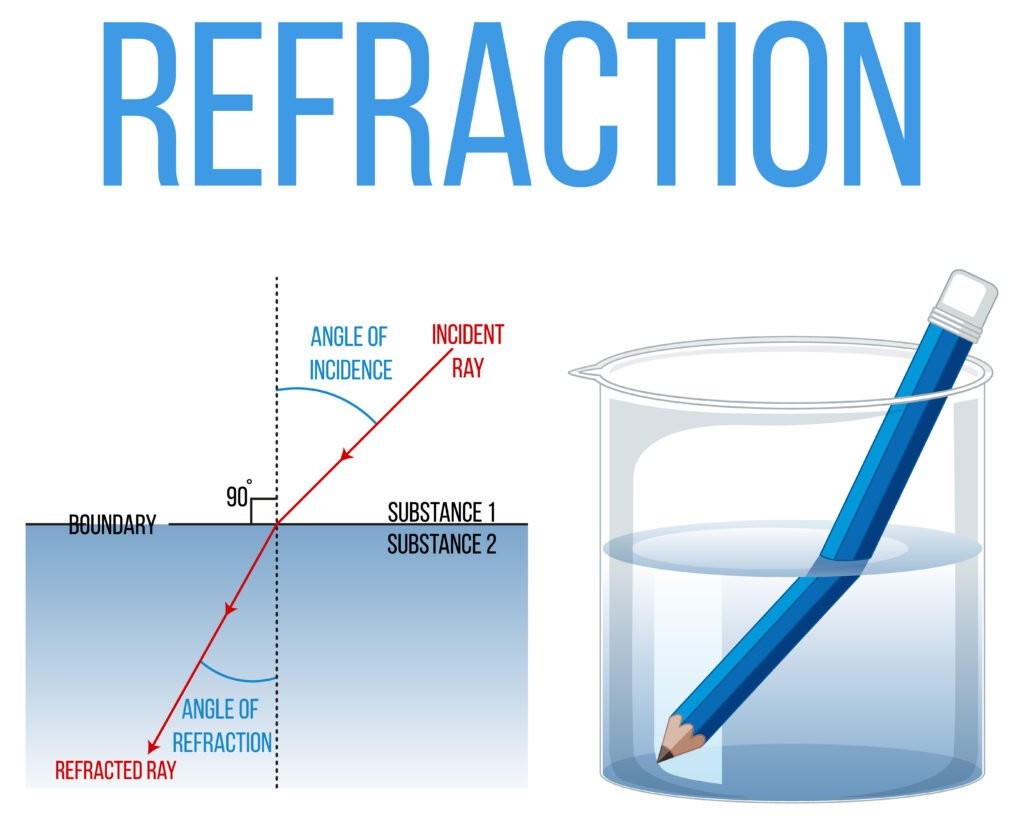Pharmacy students preparing for the North American Pharmacist Licensure Examination (NAPLEX) often encounter various pharmaceutical calculations, including converting between milliliters (ml) and ounces (oz). These conversions are vital because dosage, preparation, and dispensing often require precise measurements. In clinical settings, pharmacists regularly handle liquid medications that are measured in both metric and imperial units. Therefore, understanding how to convert these units is essential for success on the NAPLEX and in practice.
This article will break down the milliliters-to-ounces conversion process, provide tips for mastering it, and discuss how it applies to common pharmacy scenarios.
The Basics: What Are Milliliters and Ounces?
Before diving into conversions, it’s important to understand the difference between milliliters and ounces.
Milliliters (ml): Milliliters are a metric unit of volume commonly used in pharmacy. One milliliter is equivalent to one-thousandth of a liter.
Ounces (oz): Ounces, on the other hand, belong to the imperial system and are also commonly used in the United States. When discussing liquid volume, we refer specifically to fluid ounces (fl oz). One fluid ounce is a larger unit compared to one milliliter.
In pharmacy, precise measurement is critical, and errors can have serious consequences. Therefore, it’s important to know how to quickly and accurately convert between milliliters and ounces.
Conversion Factor: How Many Milliliters Are in an Ounce?
The fundamental conversion factor for milliliters and fluid ounces is:
1 ounce (oz) = 29.5735 milliliters (ml)
This is a precise conversion that you will likely need to memorize for the NAPLEX exam. Understanding this conversion factor will allow you to accurately convert between these two units, whether you’re working with prescriptions, patient care instructions, or pharmacy compounding.
For practical use and simplicity, many pharmacists often round the conversion to:
1 oz ≈ 30 ml
This approximation is easier to work with and sufficiently accurate for many clinical applications. However, for more precise calculations, especially in high-stakes settings like chemotherapy or pediatrics, it’s best to use the exact conversion (29.5735 ml per oz).
How to Use the Conversion in NAPLEX Calculations
Conversion From Ounces to Milliliters
To convert ounces to milliliters, multiply the number of ounces by 29.5735 (or 30 if rounding).
Example:
If a prescription calls for 2 oz of liquid medication, the volume in milliliters would be:
2 oz × 29.5735 ml/oz = 59.147 ml
Or, using the simplified version:
2 oz × 30 ml/oz = 60 ml
This small difference may not be clinically significant for most drugs, but always consider the specific context of your calculation.
Conversion From Milliliters to Ounces
To convert milliliters to ounces, divide the number of milliliters by 29.5735.
Example:
If a liquid formulation is available in 120 ml, and you need to know how many ounces this corresponds to, you would calculate:
120 ml ÷ 29.5735 ml/oz = 4.06 oz
Rounding to the nearest tenth, the result would be approximately 4.1 oz.
Importance in Compounding and Dispensing
For pharmacists, converting between milliliters and ounces is more than an academic exercise; it’s a routine part of the job. Whether you are compounding medications or dispensing liquid formulations, it’s essential to ensure that the right volume is delivered to the patient.
For example, pediatric suspensions and reconstituted antibiotics are often prescribed in milliliters, but patients may measure them at home using household items like teaspoons, tablespoons, or fluid ounces. In these cases, pharmacists need to provide patients with accurate instructions to avoid dosing errors. Understanding the relationship between ounces and milliliters helps you confidently communicate dosage instructions to patients.
Memorization Tips for NAPLEX Success
Mastering conversions is key for NAPLEX success, but it can also be daunting given the number of formulas and calculations pharmacists must know. Here are some tips to help you memorize and apply the milliliters-to-ounces conversion effectively:
1. Use Mnemonics: Develop simple mnemonics to remember the key conversion factors. For example, “1 oz is almost 30 ml” can be an easy way to recall that 1 fluid ounce equals approximately 30 milliliters.
2. Practice, Practice, Practice: Conversion problems are common on the NAPLEX, so practice converting back and forth between milliliters and ounces until it feels natural. You can use flashcards or online practice exams to hone your skills.
3. Real-World Application: Connect what you learn to real-world scenarios. Imagine yourself in a clinical setting, giving instructions to a patient or preparing a compound in the pharmacy. Practicing in a clinical context can make the calculations feel more relevant and easier to recall under exam pressure.
4. Understand the Context: Certain medications or formulations may require precise measurements, while others may not be as sensitive. For example, IV fluids, parenteral medications, and chemotherapy drugs often demand more precise conversion, whereas some oral medications can tolerate slight rounding. Always consider the specific drug and patient population when making calculations.
Practical Application in Pharmacy Practice
Understanding how to convert between milliliters and ounces is not just about passing the NAPLEX—it is a practical skill that pharmacists use daily. Consider scenarios where you might need this skill in practice:
Compounding Medications: You may need to prepare a suspension or solution for a patient, requiring you to measure ingredients in milliliters or ounces.
Counseling Patients: When providing patient education, you might need to convert a prescribed dose (e.g., 5 ml) into household measurements (e.g., teaspoons) for easier administration at home.
Filling Prescriptions: Liquid medications are often prescribed in milliliters but dispensed in fluid ounces. You’ll need to accurately convert these measurements to ensure patients receive the correct dosage.
Conclusion
Converting between milliliters and ounces is a fundamental skill for pharmacists, and mastering it is essential for passing the NAPLEX and succeeding in pharmacy practice. Whether you are compounding, dispensing, or providing patient care, understanding how to perform these conversions quickly and accurately will ensure that you provide safe and effective care.
For NAPLEX preparation, focus on practicing these conversions regularly, using real-world examples whenever possible. Remember that 1 oz is approximately 30 ml, and always double-check your calculations when precision is crucial. With the right preparation, you’ll be well-equipped to handle any conversion-related questions that come your way on exam day.



